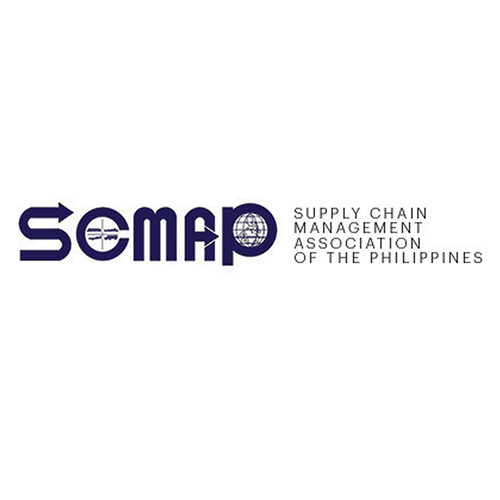I remember one of the first stories I wrote for SCMAP’s official magazine, Supply Chain Philippines, around seven years ago or so. It was about what I dubbed “the retail revolution”: the many changes in the retail scene that promised to also disrupt the way we in the supply chain sector operated.
Looking back, it all seemed so quaint. I focused back then on the explosion of new retail formats – the aggressive expansion of convenience store chains; the entry of supermarket chains towards smaller, more community-oriented stores – as well as the entry of new international brands. E-commerce already had a presence in the country, but as with everything that had to do with the Internet, our concerns were on whether it is accessible to people outside of major urban areas, where connectivity wasn’t as good.
Fast forward to today, and e-commerce is bustling in the country, with the digital economy valued at USD 17 billion, and expected to grow to USD 40 billion by 2025. Of course, this growth is mostly down to mobility restrictions that arose at the beginning of the COVID-19 pandemic, but it’s also fueled by the wider pervasiveness of Internet connectivity, both the network and the devices that can tap into the Internet. Add to that consumers being more comfortable with shopping online, and the government’s various initiatives in enabling convenience and trust in the digital economy – from digital payments to consumer protection – and you have an online retail scene that is more than keeping up with its physical counterpart, and offering more challenges and opportunities for the supply chain sector.
It’s not to say that physical retail has suffered. While it has flagged in the past couple of years due to the aforementioned mobility restrictions, the gradual return to “normal” activities has meant a revival in certain physical formats, such as the shopping mall and the convenience store. Malls are busy again. Same with commercial conventions. It feels like a slow-motion version of the “revenge shopping” phenomenon first noted in China in late 2020. Earlier concerns about the future of physical retail in the face of e-commerce’s boom seem to have been figured out: businesses have a better understanding of the role of the physical store in this omnichannel world, and fortunately for them, consumers are still keen for the “experience” factor one does not get with ordering something off an app.
The other factor: physical retail formats have long acted as the “center” of communities in the Philippines, especially outside urban areas. Imagine how the carinderia or the sari-sari store has become a lightning rod of conversation between neighbors – and not just of the “Marites” sort. These functions continued to thrive in spite of physical distancing guidelines. It’s convenient to have things delivered, but chatting to a trusted face while buying something you suddenly need outweighs that for some. Also, our yearning for companionship and community transcends health emergencies – take the rise of the community pantries last year.
It doesn’t mean that technological disruptions have not attempted to make in-roads into these stores in recent years. I’ve seen many small restaurants embrace services like Grab and FoodPanda, allowing them to serve larger markets. You also have players such as GrowSari, SariSuki and Packworks providing microretailers access to wider distribution networks and technology solutions normally accessible only to bigger chains. And then you have the entry of the “dark store” concept from the likes of FoodPanda, All Day and Dart, looking to further disrupt this model.
It’s fascinating to watch how much has changed from eight years ago. The “retail revolution” has taken unexpected turns, aided by greater accessibility of technology and evolving customer savvy. We know for certain the government aims to continue supporting this growth in the coming years, so more is yet to come. But what about the logistics sector? Are we one step ahead or still playing catch-up? Whether it be in the first mile or the last mile, these disruptions and innovations in various retail formats still rely heavily on a robust, responsive and wide-reaching logistics network to ensure customers continue to be served wherever they may be, whenever they need it.
Here, government support remains critical. Work on the infrastructure that enables our supply chains, at both a macro and micro level, should continue apace. And this goes beyond big-ticket facilities. Infrastructure also means support in expanding fleets and training the people who will deliver the goods themselves. Direction and support in these fronts would further spur the development of our businesses, regardless of whether they sell exclusively online or have a physical presence – and that goes a long way in empowering our economy out of the pandemic’s doldrums.
Register now for SCC22: Delegate registration is now open for the 2022 SCMAP Supply Chain Conference, happening on September 22-23 at the EDSA Shangri-la Manila in Mandaluyong City. Become an in-person or virtual delegate now – visit scmap.org/events/conference/register to book your slot.
Henrik Batallones is the marketing and communications director of SCMAP, and editor-in-chief of its official publication, Supply Chain Philippines. More information about SCMAP is available at scmap.org.
PREVIOUS COLUMN: More Clarity





